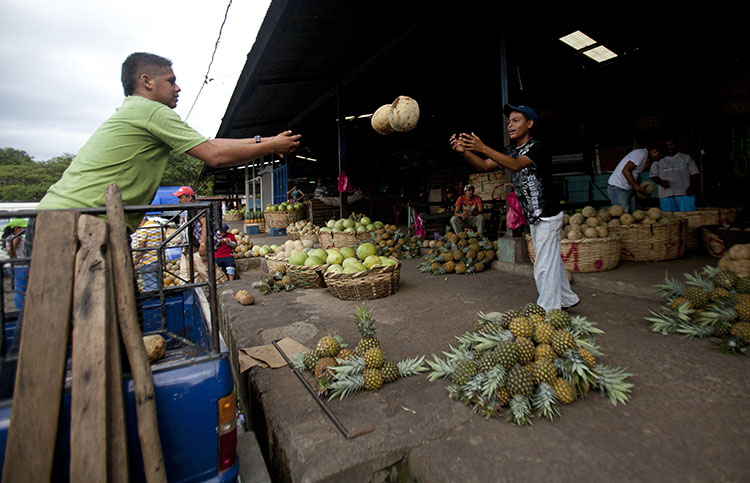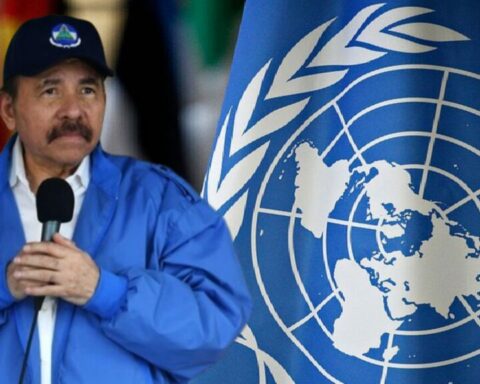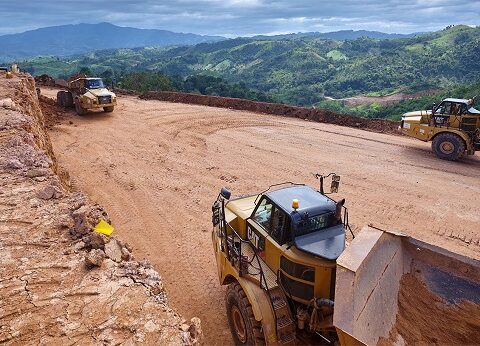The ukrainian war, the high inflation and the uncertainty that still surrounds the pandemic have led the World Bank (WB) to lower this year’s growth projection for Latin America and the Caribbean by three tenths, down to 2.3%. The forecast is 2.9% for Nicaragua, being the lowest in the isthmus, at the same level as El Salvador.
The regional percentage is below the 2.6% that the Bank had forecast in January, and is much lower than the 6.9% growth that the region experienced in 2021 due to the rebound effect of the reopening of the economy after the end of 2020 due to the covid-19.
In the latest edition of its semi-annual report for the region, published this Thursday, the Washington-based institution also lowered the regional growth outlook for 2023, which went from 2.7% to 2.2%, and placed that of 2024 at 2.4%. .
In the case of Nicaragua, the forecasts for the next two years are 2.3% and 2.5%, respectively. The Bank reproduced the 10.3% growth of the Nicaraguan economy by 2021informed by the Central Bank of Nicaragua.
According to the World Bank, these increases in the Gross Domestic Product (GDP) will allow most of the countries in the area to reverse the losses they suffered in the last two years due to the economic crisis caused by the pandemic.
By country, the World Bank forecasts that in 2022 Brazil will grow 0.7%; Argentina, 3.6%; Colombia, 4.4%; Peru, 3.4%; Ecuador, 4.3%; Chile, 1.9%; Bolivia, 3.9%; Uruguay, 3.3%; and Paraguay, 1.5%.
In North America, Central America and the Caribbean, the projection is that Mexico will grow 2.1%; Costa Rica, 3.4%; Dominican Republic, 5%; El Salvador, 2.9%; Guatemala, 3.4%; Honduras, 3.1%; Nicaragua, 2.9%; and Panama, 6.5%.
Once again laggards
If these data are confirmed, the growth of Latin America and the Caribbean will be among the lowest in the world, at a level similar to that of the Middle East and North Africa and below sub-Saharan Africa, Europe and Asia.
“The (expected) growth is not enough to help alleviate poverty levels in the region, and it is also a return to the growth rates of the 2010s, when Latin America and the Caribbean grew below the rest of the world” , indicated the chief economist of the World Bank for the region, William Maloney, at the presentation of the report.
Maloney said that it is a “structural problem”, beyond the difficulties caused by the pandemic and explained that the challenges that already existed before 2020 are coming to the fore again, such as the high percentage of informal employment and the high rates of poverty.
The data compiled by the Bank indicate that in Latin America and the Caribbean “the abrupt drops in economic activity led to a drastic decrease in the level of employment”, as well as in its quality.
The data shows that, in the case of Nicaragua, formal employment decreased by more than 11 percentage points, while self-employment grew by almost five points, around 13% of small, medium and large companies, had to become micro, in order to continue operating.
On the positive side, the World Bank highlighted that the vaccination process has become widespread in the region, which has led to companies rehiring workers and schools reopening for face-to-face teaching.
dye the economy green
The report puts emphasis on renewable energy and growth green as a way for Latin America and the Caribbean to overcome these challenges in the coming years and take advantage of their “comparative advantages”.
Maloney stressed that the region has “enormous potential” in this field, with large reserves of lithium and copper, used in green technologies, and with “great natural capital.”
“All this is increasingly valued in a world where global warming and energy security have moved to the center of the scene,” said the head of the Bank.
According to an analysis by the World Bank, in the last twenty years, the countries of Latin America and the Caribbean lost the equivalent of 1.7% of their annual GDP, due to climate-related disasters.
To carry out a transition to the green economy, the Bank proposes policies to set prices and promote the adoption of low-carbon technologies.
Likewise, it recommends establishing credible verification mechanisms to enable green price premiums, and promote intelligent agriculture from the climate point of view, among others.
“Economic growth and the green agenda go hand in hand in the region,” Maloney concluded.








